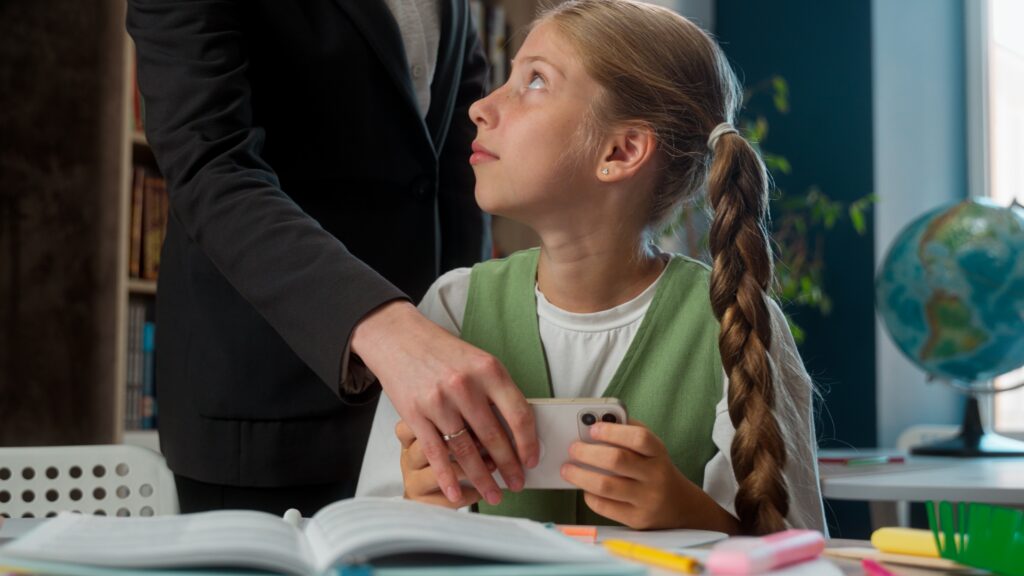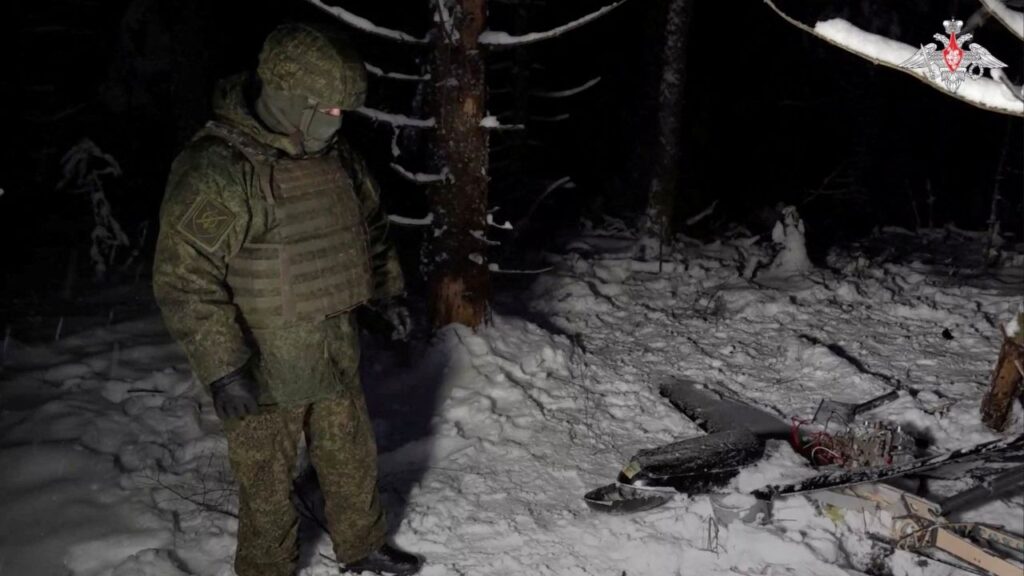Share
I must admit to a strong bias. I am old fashioned. I believe in going into the office, and appreciate the routine of rising early in the morning, drinking coffee, joining the flow of people commuting to work and retreating to my home sanctuary after a hard day’s work.
Now, I work where I live, and for the first time I conducted the business of being a legislator not from the Capitol dome in Sacramento, but from my home in Salinas.

Anna Caballero
Special to CALmatters
Recently, I remotely participated in the first Senate Budget Subcommittee hearing on the COVID-19 pandemic. More than 10,000 Californians streamed the hearing and provided public comment over the phone.
This was the return to democracy in the COVID era. This is the new normal. Being a part of this historic event, I challenged my own bias against working from home. I have been doing it now since the governor’s orders, my staff is performing amazing things working from home, as so many other Californians are.
I am seeing positives emerge from the stay-at-home orders. Wildlife across the planet is stretching its legs, less inhibited from the hustle and bustle of humanity. Air pollution is plummeting in some of the most polluted cities around the globe. People are walking, biking, running, reading, talking with family, and while physically distancing, they are attending video happy hours, concerts and more. Most humans are proving their resiliency.
The impacts of work where you live, don’t live where you work started to swirl in my head.
What Prevents the Continuation of Working Remotely as the Pandemic Eases?
I have been thinking about what that could mean for Greenfield, Los Banos, Merced, and the Central Valley. I started to think about communities like Hollister, Westley, Patterson, and more places that used to be rural, but are now over-run by Silicon Valley super-commuters.
These residents are paid Silicon Valley wages and make commuter-based bedroom communities out of rural areas. They fulfill their lives and build social networks where they work because of the requirement to commute into the office day after day after day.
Policymakers in California accept office space working, likely because we all harbor that old-fashioned bias. We pass legislation to encourage housing development along public transit in urban areas on the premise that this will reduce transportation-based emissions from super-commuters.
When the pandemic started, institutions of higher education and high tech employers immediately acted on data and changed how they operated. So, I put these questions to the leading employers in Silicon Valley: Is there anything that prevents the tens of thousands of people working from home since early March in Cupertino or Santa Clara from doing that job remotely from Patterson, Hollister or Los Banos? Or from even more remotely in Gustine or Firebaugh? And what prevents the continuation of working remotely as the pandemic eases?
Everything We Do in State Government Now Is Through the Lens of COVID-19
Think of the local sales and property tax coffers for rural communities, if the high-tech workforce smartly distributed itself across California. Think of college graduates that could return to their rural communities and bring home an influx of intellectual capital and income. Broadband internet infrastructure would be as ubiquitous as water and energy. Small businesses and health care services would grow, as per capita income increases. These residents would be part of a community, instead of spending their family and free time in pollution-causing commutes.
Everything we are doing at the state government level now is through the lens of COVID-19. We have changed how we work, but we must also change our approach to solving global issues like climate change, the digital divide and more by running it through the COVID-19 perspective.
We can sit idly by, blind to the lessons that this pandemic puts before our eyes. Or we can wake up to the new normal, and plan for a virtual future, where online commerce, telehealth, distance learning, and more are equally available to anyone anywhere in California
The push to have workers live where they work, to commute to a job each day creates massive health and societal strains. A commitment to the new normal would push broadband everywhere, finally. It would decrease transportation-based climate pollution, freeing hundreds of billions of dollars in government programs for investments in health and education, literally making communities stronger and smarter.
The only thing holding us back from this better, new future are our old biases. I’m over mine. Can you get over yours?
About the Author
State Sen. Anna Caballero, a Democrat from Salinas, represents the 12th State Senate District, senator.caballero@sen.ca.gov. She wrote this commentary for CalMatters, a public interest journalism venture committed to explaining how California’s Capitol works and why it matters.
RELATED TOPICS:
Categories



















